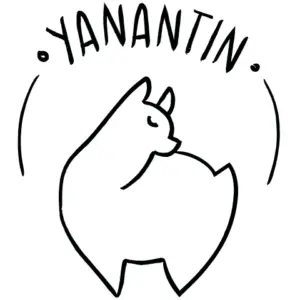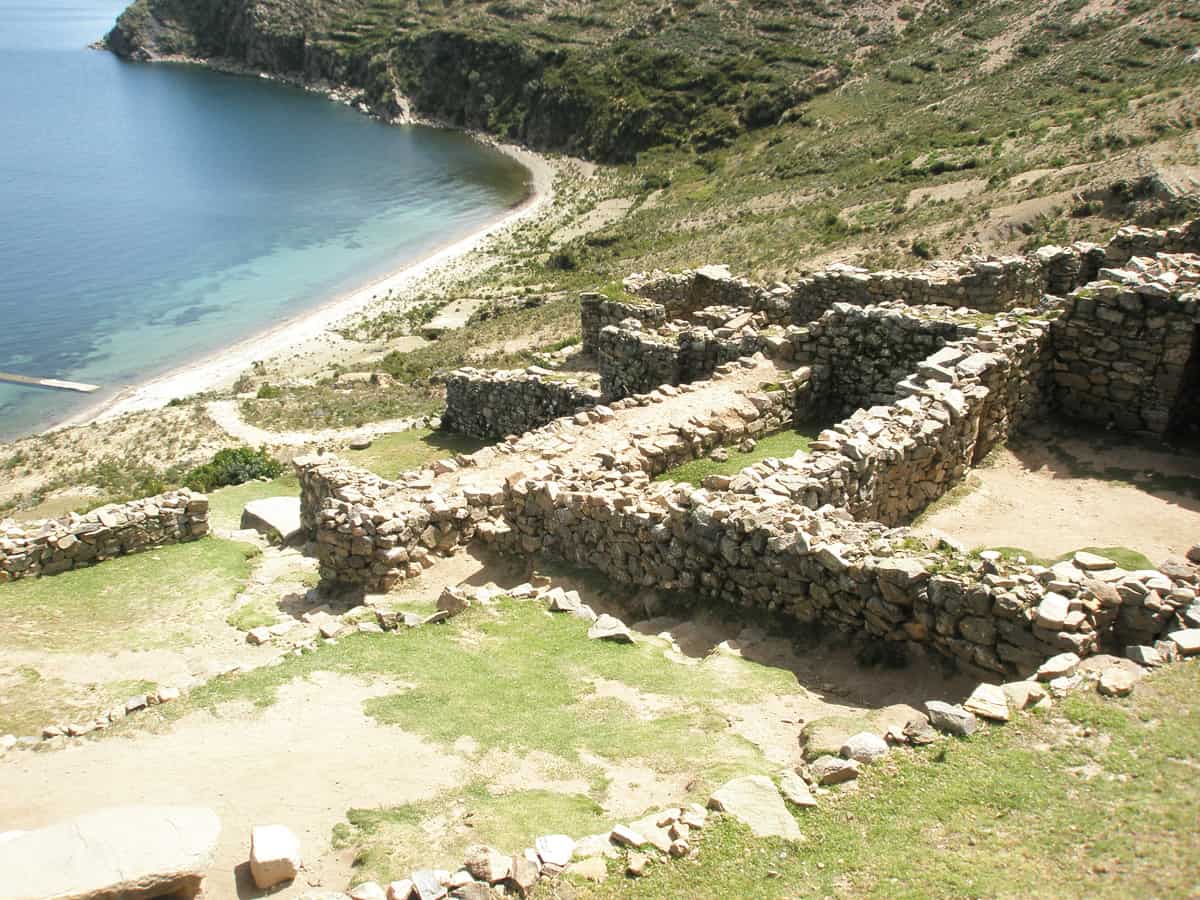Often referred to as the fiber of the Gods, alpaca wool has quite the reputation in Peru and other South American countries. While the alpaca fibers have many great qualities, there are also a lot of myths about what they were used for in the past. Let’s see what is true about alpaca wool and what isn’t.
Chimala Alpacas were highly valued animals in pre-inca and inca times and their fiber was limited to royalty and important people. During and after the Spanish Conquista alpacas were used as pack animals and their fiber quality deteriorated. Only recently has (international) interest in the fiber increased.
Alpaca wool is the fiber of a South American camelid: the alpaca. The alpaca is a distant relative of the camel, and together with the vicuña, llama and guanaco, makes up for the “New World Camelids”.
How Was buying Misoprostol online without prescription Alpaca Wool Used In Pre-Inca Times?
Alpacas go way back in history. From being hunted and eaten by some of the hunter-gatherer civilizations in the Andean regions, they eventually became domesticated. According to Thought Co., alpacas were domesticated 5500 years ago in Telarmachay. According to archeological evidence, alpacas and llamas were found in graves, showing that the animals were sacrificed.
According to Discover, the Chiribaya people were an example of a civilization that ritually sacrificed alpacas and llamas, and included them on their tapestries and weavings. Alpaca fetuses were found underneath houses and important buildings, as a sacrifice to Mother Earth to bless the building built on top of it.
MYTH or FACT!?
FACT: The Chiribaya people were not the only pre-inca people who cherished the alpacas: in the Paracas region fabrics of 2000 years old are expected to be (partially) made with alpaca fiber.
How Was Alpaca Wool Used In Incan Times?
During the Incan empire, alpaca wool probably reached its most cherished position of its entire history.
Despite all the treasures that the Inca empire had, including lots of gold and silver (!), their most treasured assets were textiles. According to Live Science, the Incas did not have a currency and no need to trade, as each citizen was given the necessities of life from a communal storehouse.
Fabrics were a way of showing appreciation and status for the Incas and fabrics had great religious and social meaning. When you were given a piece of fabric, it was the most valuable gift you could ever receive. Fabrics made of alpaca were limited to the royal family and the highest government officials.
For that same reason, only the most qualified weavers and artisans were allowed to work with alpaca. For that same reason, successful soldiers were given a piece of cloth. For that same reason, they burnt down textile warehouses when a battle was lost and they had to retreat.
MYTH or FACT!?
FACT: The Incas did not use a currency. Instead, they gifted fabric to their most appreciated warriors and officials! Fabrics made with vicuña were the most valued!
Meanwhile, the alpacas were domesticated together with llamas and guanacos. According to Thought Co., the llama was the domesticated descendent of the guanaco, while the alpaca was the domesticated descendant of the more precious vicuña. The differences were obviously clear to the Incas as well, as they used them for two clearly different purposes: alpacas were kept for their fleece, and llamas as pack animals.
Llamas are strong animals that have great endurance and thirst tolerance. And given that llama wool is inferior to alpaca wool llamas were mainly used as pack animals.
Nevertheless, Jane Wheeler (an American Archaeozoologist) discovered that llama (and alpaca) fleeces found in burial sites were much softer then than they are now! This indicates that the Incas probably had very well developed breeding techniques that had helped them to improve fiber quality tremendously!
MYTH or FACT!?
FACT: Alpaca in the past was much softer than it is nowadays!
Interestingly enough, despite the incredibly high fiber quality of the mummified alpacas found at burial sites, it is believed that the sacrificed alpacas were of lower quality than the fiber used for fabrics. Nevertheless, sacrificing alpacas to the Incan Gods was one of the most important rituals. Imagine how soft the fiber that they used for the royal family must have been!
For each festivity and god, different shades of alpacas were sacrificed, and they even had specified methods for sacrificing the animal, all depending on the occasion.
MYTH or FACT!?
MYTH: I read somewhere that the Incas used alpaca wool to make bridges crossing rivers. This is not true: they used a type of grass! Check out this article from the BBC if you are curious to read and see more about it: A Bridge Made of Grass.
How Was Alpaca Wool Used During the Spanish Conquista?
Unfortunately, the gods decided to change the faith of the Incas drastically when the Spanish conquistadores arrived in South America. Under the lead of Francisco Pizarro, the Inca empire now fell under Spanish control in 1533.
With all the gold and silver “up for grabs” for Pizarro and his men, he was blind to see the value of the alpaca and its fiber, and the alpaca population almost disappeared. Alpacas were sent to work in the mines instead and whatever was left of the alpaca population was decimated because of foreign diseases that the Spanish introduced in South America.
Together with the disappearance of the alpaca population, much of the wealth that many indigenous people had lived under the inca rule. Farmers and alpaca breeders were left to poverty when the Spanish conquerors took away their prosperous business of alpaca farming.
MYTH or FACT!?
FACT: The fiber quality of alpaca deteriorated because of the Spanish. They did not appreciate the fiber or the animal and started interbreeding alpacas and llamas. This led to an inferior fiber!
How Was Alpaca Wool Used In Time of Terrorism?
According to DJ’s Classic Alpacas, between 1967 and 1992 50% of the alpaca population in Peru decreased due to drought and alpaca killing by the communist Sendero Luminoso. The impacts of terrorism were particularly noticable in the Andean highlands, were rural farmers were killed for their livestock to feed the troops.
Not only were the indigenous people threatened with their lives for their resources, but also because the Sendero Luminoso did not support their indigenous beliefs and practises. They were massacred by the communists to set a warning example and on the other hand, they were all seen as guerrilleros by the “protecting” military forces and in turn punished and killed by them, too.
The indigenous people were in the middle of a dirty war that not only cost many lives of innocent people, but also forced them to move to the cities to find shelter and protection, and leave their homes and traditions in the countryside.
MYTH or FACT!?
FACT: Due to the persistently turbulating times in Peru, the government decided to pass a law that allowed the export of alpacas for the first time in 1993. The first alpacas were exported to the United States, securing their survival and opening up to a whole new world of possibilities in the wonderful world of alpaca.
How Is Alpaca Wool Used In Modern Times? (Present & Future)
After the terrible events of the communism movement in Peru, the people in the Andean region are left with very little: living in the Andean highlands means very limited or no access to education, sewage, running water or electricity. On top of that, the lack of improvement forces more and more people to keep migrating to the cities.
Division Under Farmers
Today, about 90% of all alpaca farmers are considered small farmers. Small farmers herd 10 to 150 alpacas. They use old production technologies that are still similar to those used under Inca times and that are honestly not the most efficient. On top of that, fiber quality is not optimal because of lack of proper nutrition and/or lack of knowledge.
The current situation of farmers is that they have little land available due to heavy land reforms that made it impossible for small farmers to expand their farms. This makes their land currently not lucrative enough to reinvest money in expanding or improving their methods. In fact, it is often barely enough to survive.
On the other hand, 3% of all alpaca farmers are big producers with more than 600 animals per farm (leaving 7% for medium farms with 150-600 alpacas). These big corporations do have the money and resources to invest in breeding programmes, first-rate technology and modern management to secure animal safety and wellbeing.
Increased International Interest in Herding Alpacas
Meanwhile, other countries are slowly integrating the idea of herding alpacas. Many small farms are emerging in the United States, the UK, Australia and New Zealand (and more countries to a smaller degree). The alpaca population is steadily growing and many more people are becoming interested in producing and working with the alpaca fiber.
Improving the Alpaca Fiber
This has also led to an increase in attention for improving the quality of the fiber. On top of that, Wheeler’s discovery of the incredibly high fiber quality found among mummified alpacas can possibly lead to more information in discovering the DNA that is responsible for high fiber quality – hopefully leading to an increase in breeding practises to improve current fiber quality in Peruvian alpacas.
MYTH or FACT!?
UNDECIDED: It is often claimed that alpaca wool is the strongest animal fiber in the world. While some sources claim that Mohair is stronger, Wikipedia claims that spider silk is the strongest animal fiber; and again other fibers claim that silk from silkworms is stronger. In another study from the California State Science Fair I found that wool is one of the weaker animal fibers!



